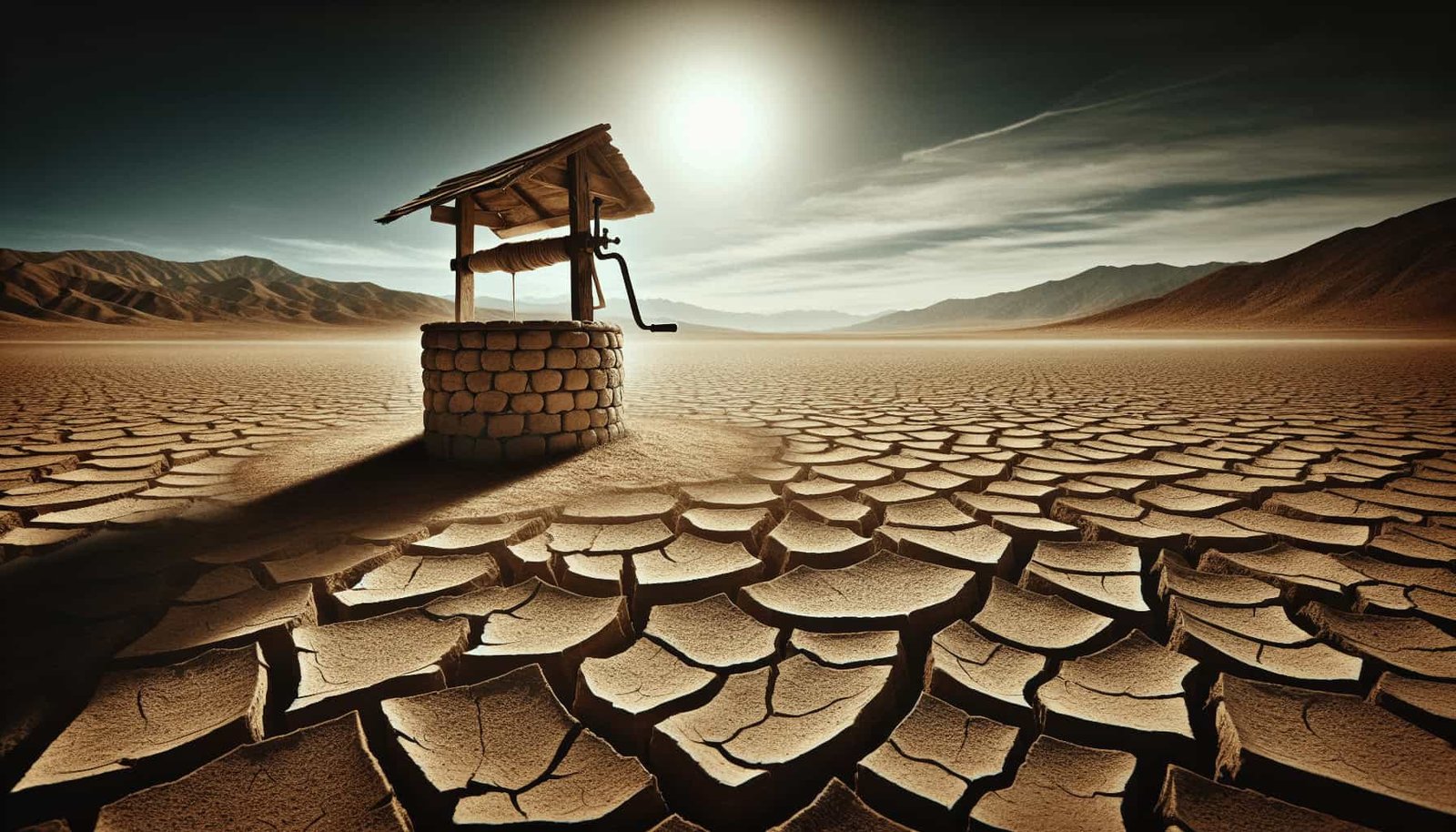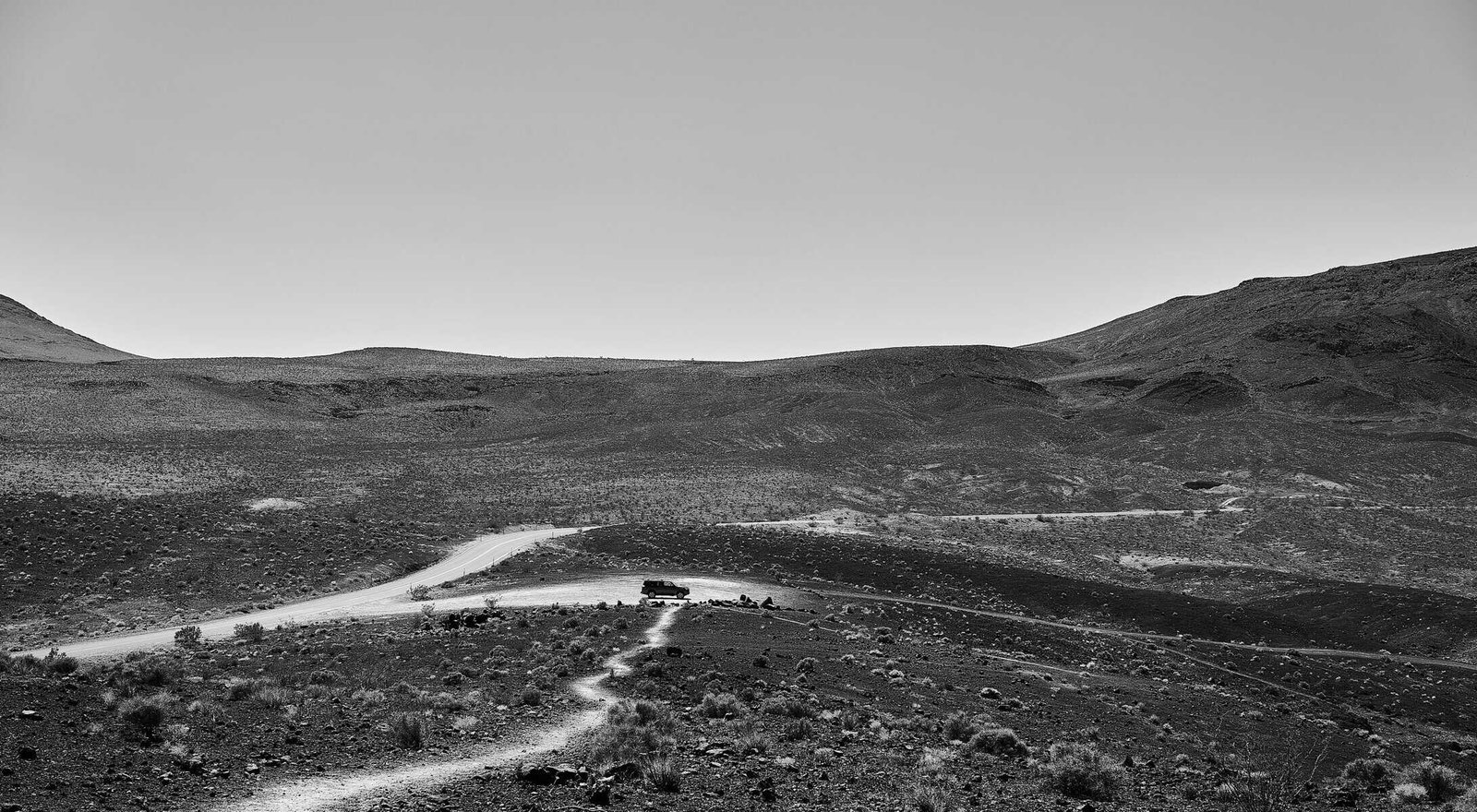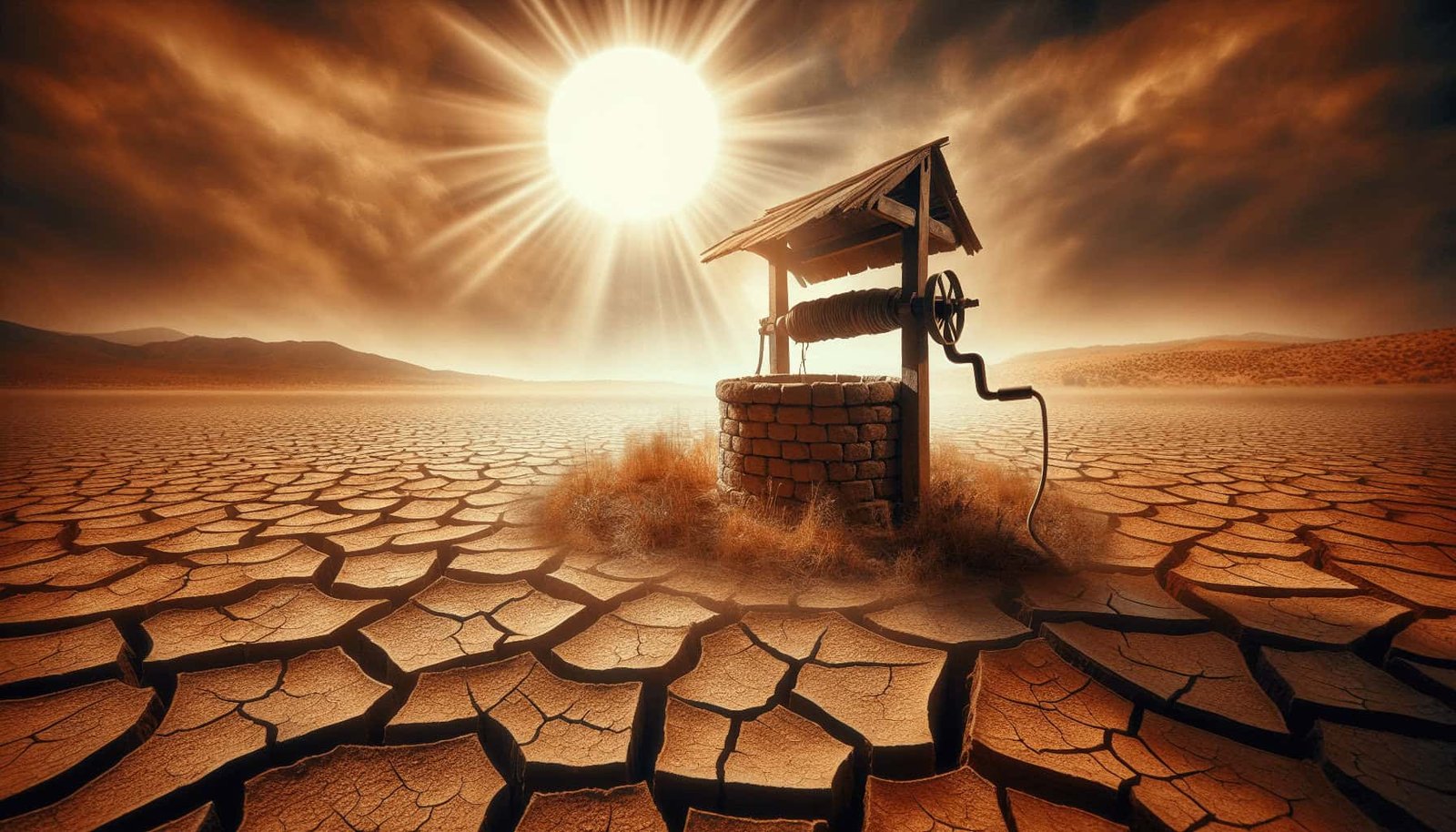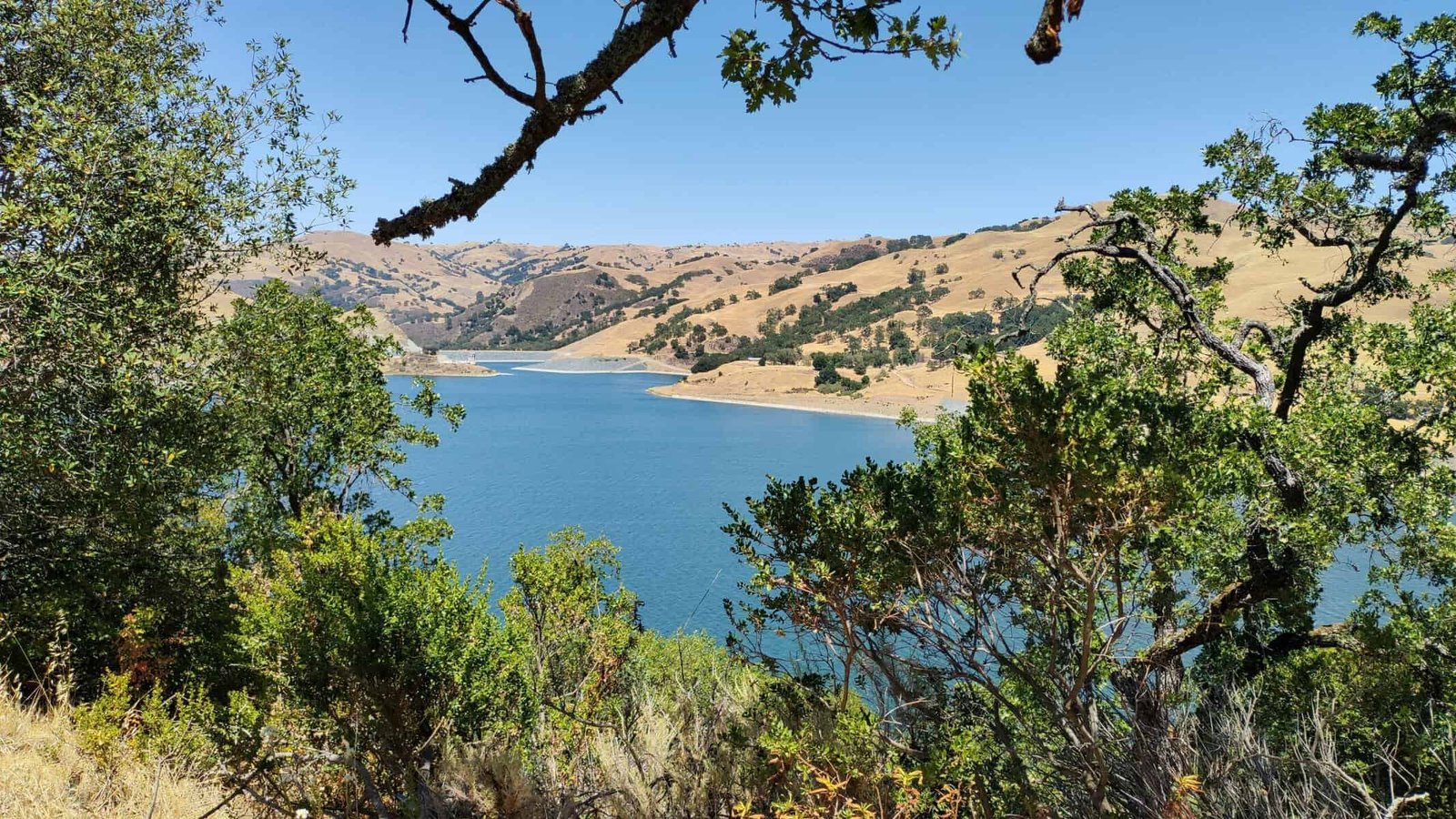In the midst of California’s intensifying drought, an alarming number of household water wells are running dry, leaving many residents without a critical source of water. This troubling trend, reported by Dorany Pineda and Gabrielle LaMarr LeMee, underscores a pressing issue that’s affecting numerous communities across the state. Conservation efforts and alternative water sources are becoming increasingly important as homes struggle to cope in an environment where water scarcity is rapidly becoming the new norm. Have you noticed that your faucet isn’t flowing like it used to? Or perhaps you’re finding it harder to keep your garden lush and green? You are not alone. Many households in California are facing a severe and critical issue—household water wells are drying up in record numbers. The state is in the grip of an intensifying drought, and the impact is being felt more acutely than ever.
Understanding the Current Situation
The Severity of the California Drought
California is no stranger to droughts, but the current situation has reached an alarming level. Years of limited rainfall and snowpack, combined with rising temperatures, have left water reserves dangerously low. The state’s groundwater, an essential resource for many communities, is being depleted faster than it can be replenished.
Record Numbers of Dry Household Water Wells
Household water wells, especially in rural areas, are drying up in unprecedented numbers. These wells, which many families rely on for their daily water needs, are becoming increasingly unviable as groundwater levels drop. This isn’t just an inconvenience; it’s a crisis that affects health, agriculture, and overall quality of life.

Causes of the Water Well Drying Issue
Climate Change and Reduced Precipitation
One of the primary drivers behind the drying wells is climate change. Higher temperatures lead to increased evaporation and less snowfall, which means less water seeping into the ground to replenish aquifers. Additionally, shifts in weather patterns are causing prolonged periods of drought.
Over-extraction of Groundwater
In times of water scarcity, the reliance on groundwater wells intensifies. Agriculture, industry, and municipal needs all draw heavily from this resource. Over-extraction has led to a significant drop in the water table, making it harder for household wells to reach water.
Lack of Adequate Regulations
Another contributing factor is the lack of stringent regulations on groundwater extraction. In some areas, unchecked drilling and pumping have exacerbated the problem, leading to unsustainable water usage rates.

Impact on Households
Inconvenience and Daily Life Disruptions
For families relying on household wells, the drying up of this resource can turn daily life upside down. Simple tasks like cooking, cleaning, and bathing become daunting challenges without a reliable water source.
Health Concerns
Water scarcity can also lead to serious health concerns. Limited access to clean water makes it difficult to maintain hygiene, increasing the risk of infections and diseases. Additionally, some may resort to using unsafe sources of water, leading to potential contamination and health risks.
Economic Burden
The financial burden of dealing with dry wells can be substantial. Families may need to invest in deeper wells, water delivery services, or water treatment systems, all of which can be costly. This is particularly challenging for low-income households.

Community and Environmental Impact
Agricultural Impact
California’s rich agricultural industry is heavily dependent on groundwater. Dry wells not only affect households but also disrupt farming activities. Crops and livestock require consistent water supplies, and shortages can lead to decreased yields and economic losses.
Environmental Consequences
The environmental repercussions are also significant. Over-extraction of groundwater can lead to land subsidence, where the ground sinks due to the depletion of aquifers. This can disrupt ecosystems, damage infrastructure, and reduce the natural storage capacity of the landscape.

Potential Solutions and Mitigation Strategies
Water Conservation Efforts
One of the most immediate steps you can take is to conserve water. Simple actions like fixing leaks, using water-efficient appliances, and adopting drought-resistant landscaping can collectively make a significant difference.
Investing in Water Infrastructure
Communities need to invest in sustainable water infrastructure. This includes upgrading existing wells, investing in desalination plants, and building reservoirs to capture and store rainwater.
Technological Innovations
Advances in technology can also offer solutions. Smart irrigation systems, for example, can optimize water use in agriculture. Additionally, research into new ways to reclaim and recycle water can provide alternative sources.
Policy and Regulation
Stricter regulations on groundwater extraction are essential. Policymakers need to establish and enforce sustainable water use practices to ensure that groundwater levels can recover. This may involve setting limits on drilling new wells and requiring permits for large-scale extraction.
Public Awareness and Education
Raising public awareness about the importance of water conservation and the severity of the drought is crucial. Educational programs can inform citizens about how they can contribute to water-saving efforts and make more sustainable choices.

Conclusion
Household water wells drying up in record numbers is a stark indicator of the worsening drought conditions in California. It’s a multifaceted issue influenced by climate change, over-extraction, and inadequate regulations. The impact on households, agriculture, and the environment is profound, but it’s not insurmountable.
By adopting water conservation practices, investing in infrastructure and technology, implementing stricter regulations, and raising public awareness, we can mitigate the effects of this crisis. It’s a collective effort that requires action at both individual and community levels. You can make a difference by being mindful of your water usage, supporting policies that promote sustainability, and staying informed about the steps you can take to contribute to a more water-secure future.
So, the next time you turn on your faucet, take a moment to reflect on the value of that water and the role you can play in preserving it for future generations.
